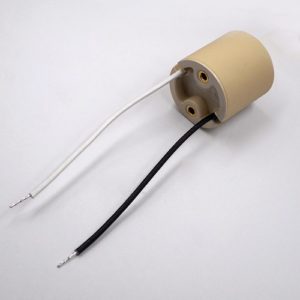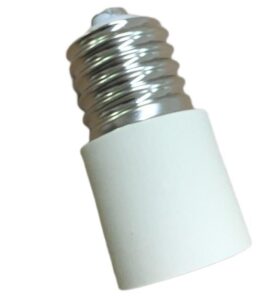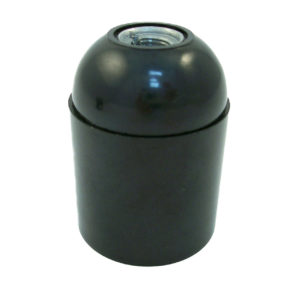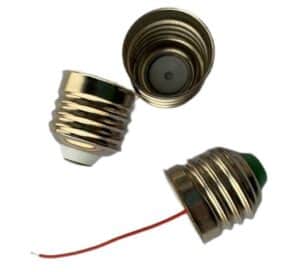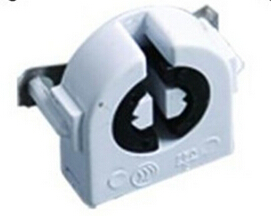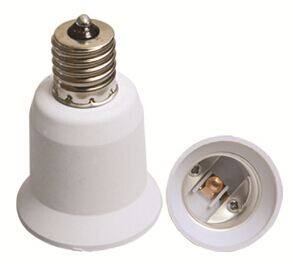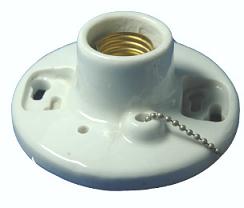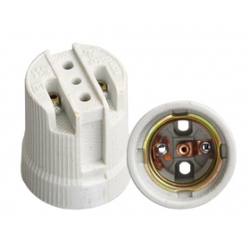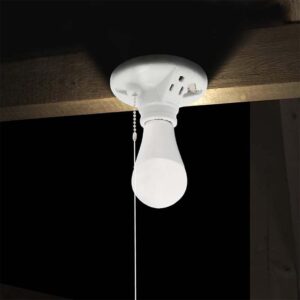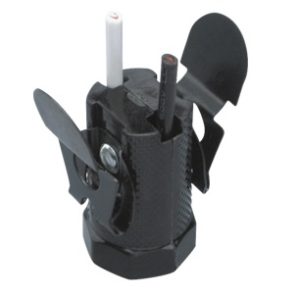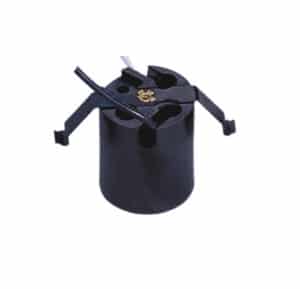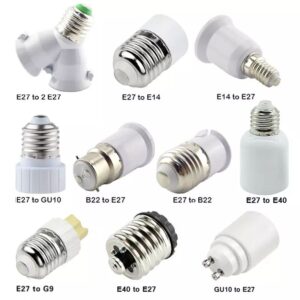Pick the wrong bulb socket, and you’ll have a bad fit, poor electrical efficiency, and possibly a safety hazard. The right socket helps you put the bulb in the right place and make it work.
To pick the right bulb socket, you need to know the base type and size of the bulb. You also need to match the voltage and wattage rating of the socket to the bulb. Finally, you need to consider the application and environment.
Keep reading for a deeper dive into how to pick the right socket for your lighting needs.

Understand the Different Base Types
Bulbs come with various base types, and understanding these is crucial to selecting the right socket. The most common types include Edison screw bases (E26, E27) used in standard household bulbs, bayonet bases (B22), and pin bases like GU10 and G5.3, often found in spotlights and downlights.
Matching the bulb’s base type to the socket ensures that the bulb fits snugly and functions efficiently. Using the wrong socket base can cause the bulb to not sit correctly, resulting in poor electrical contact and diminished light performance.
Match the Socket to the Application
Different lighting fixtures require different socket types, depending on their function and environment. For high-heat fixtures, such as those used in ovens or outdoor settings, porcelain sockets are highly recommended due to their heat-resistant properties. For standard household use, plastic or brass sockets are sufficient and widely available.
Consider the environment where the socket will be used. For outdoor fixtures, weather-resistant sockets are necessary to withstand moisture and temperature fluctuations. This careful matching of the socket to the application ensures both longevity and safety.
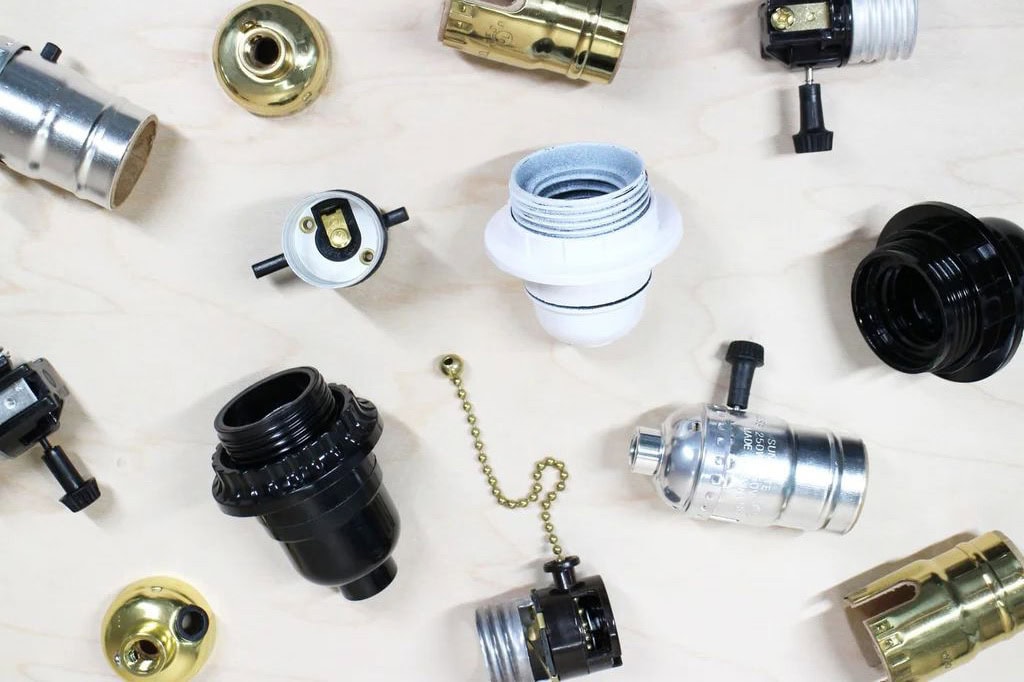
Identify the Socket Size and Fitting
The size of the socket is another critical factor in choosing the right one. The size is often indicated by a letter and number combination, such as E26 or E14, which corresponds to the base diameter of the bulb in millimeters.
Measuring the socket’s size with a caliper or consulting the manufacturer’s specifications helps ensure that the bulb fits securely. Misjudging the size can lead to poor contact, flickering, or an insecure fit, which may cause the bulb to fall out or break.
Consider the Voltage and Wattage Rating
Every socket has a specified voltage and wattage rating, which must align with the bulb and electrical system. If the bulb exceeds the socket’s wattage limit, overheating can occur, leading to fire hazards or damage to the fixture. Similarly, using a bulb with a higher voltage than the socket supports can cause electrical failure.
Always check the wattage and voltage compatibility before purchasing or installing a socket to prevent these risks. If you are unsure, consult a professional to verify the correct specifications for your lighting setup.
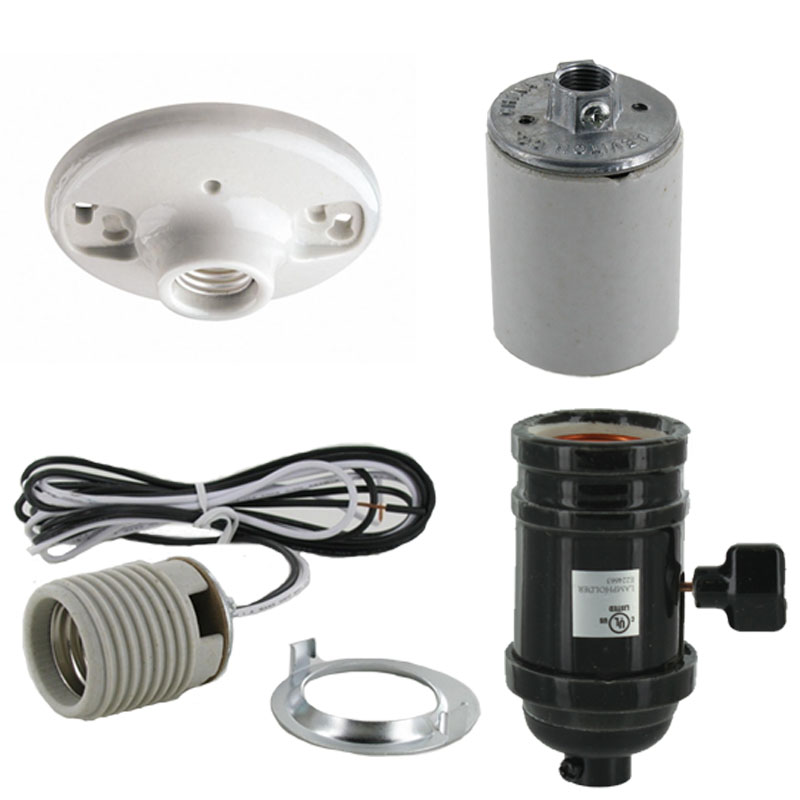
Know the Differences Between Keyed and Keyless Sockets
When selecting a socket, consider whether you need a keyed or keyless type. Keyed sockets come with a built-in switch, allowing you to control the light directly from the fixture. These are commonly used in floor lamps or desk lamps where convenience is a priority.
Keyless sockets, on the other hand, rely on external switches, such as a wall switch or inline cord switch. This type is often used in ceiling fixtures or chandeliers. Knowing the difference between these two socket types ensures you choose one that suits your control preference.
Pay Attention to Socket Materials
The material of the socket impacts its durability and suitability for different environments. Porcelain sockets are ideal for high-temperature environments because they resist heat better than plastic or brass. These sockets are commonly used with high-wattage bulbs or in commercial and industrial settings.
Plastic sockets, while less durable, are cost-effective and work well for low-wattage applications like table lamps or pendant lights. Brass sockets offer a more aesthetic and durable solution, especially in high-traffic areas where the fixture is frequently handled.

Opt for Sockets Compatible with LED and Energy-Saving Bulbs
With the increasing use of energy-efficient lighting like LEDs and CFLs, it’s important to choose sockets that are compatible with these technologies. Some older sockets may not support the lower wattage and different electrical needs of LED or CFL bulbs, leading to poor performance or even bulb failure.
Modern sockets are typically designed to accommodate both traditional incandescent bulbs and newer energy-saving models, but always check compatibility to avoid issues down the line.
Check for Certifications and Safety Standards
Safety should be a top priority when choosing any electrical component, including bulb sockets. Look for certifications like UL, CE, or RoHS, which indicate that the socket meets strict safety and environmental standards. These certifications are particularly important in commercial and industrial settings, where compliance with local regulations is mandatory.
By selecting certified sockets, you reduce the risk of electrical malfunctions, ensuring that your lighting setup is both safe and reliable.
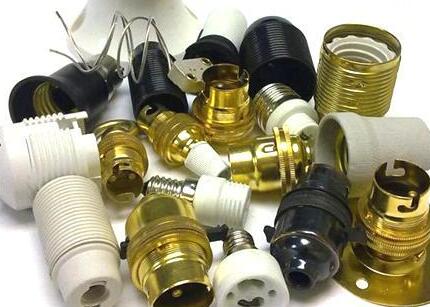
Look for Adaptability Features
Sometimes, you may need to adapt a socket to fit a different bulb type. Adapters are available to convert socket sizes, such as from an E26 to an E12 base, allowing for greater flexibility in your lighting setup. These adapters can save you time and money by avoiding the need for a complete rewiring of the fixture.
Adaptability is particularly useful for those who want to update their fixtures without replacing the entire system. Make sure the adapter is rated for the correct wattage and voltage to maintain safety.
Consider Ease of Installation and Maintenance
Finally, consider the ease of installing and maintaining the socket. Some sockets come with user-friendly features like push-in terminals and quick wire connections, which make installation a breeze. These are especially useful for DIY enthusiasts or quick professional installations in commercial projects.
Sockets with snap-on or twist-lock mechanisms allow for easy bulb replacement and secure attachment, reducing the risk of improper installation. Choosing sockets with such features can save time and effort in both installation and ongoing maintenance.
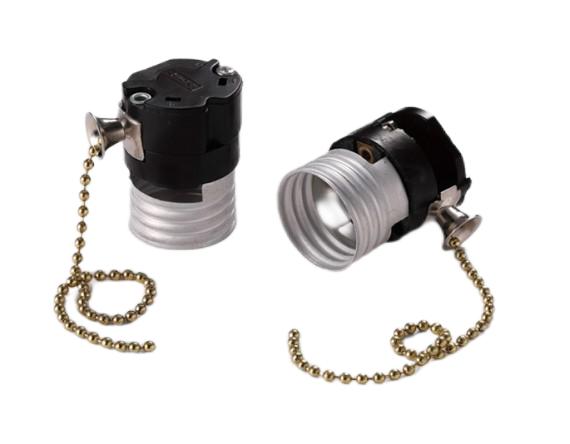
Final Words:
Choose the right lamp socket based on base type, size, wattage, and environmental considerations to have a safe and efficient lighting solution.

